Coming to Italy, especially Rome or Venice, it feels like time has stopped when visitors can admire iconic architectural works that have existed for thousands of years, and houses that are hundreds of years old and still in use today.
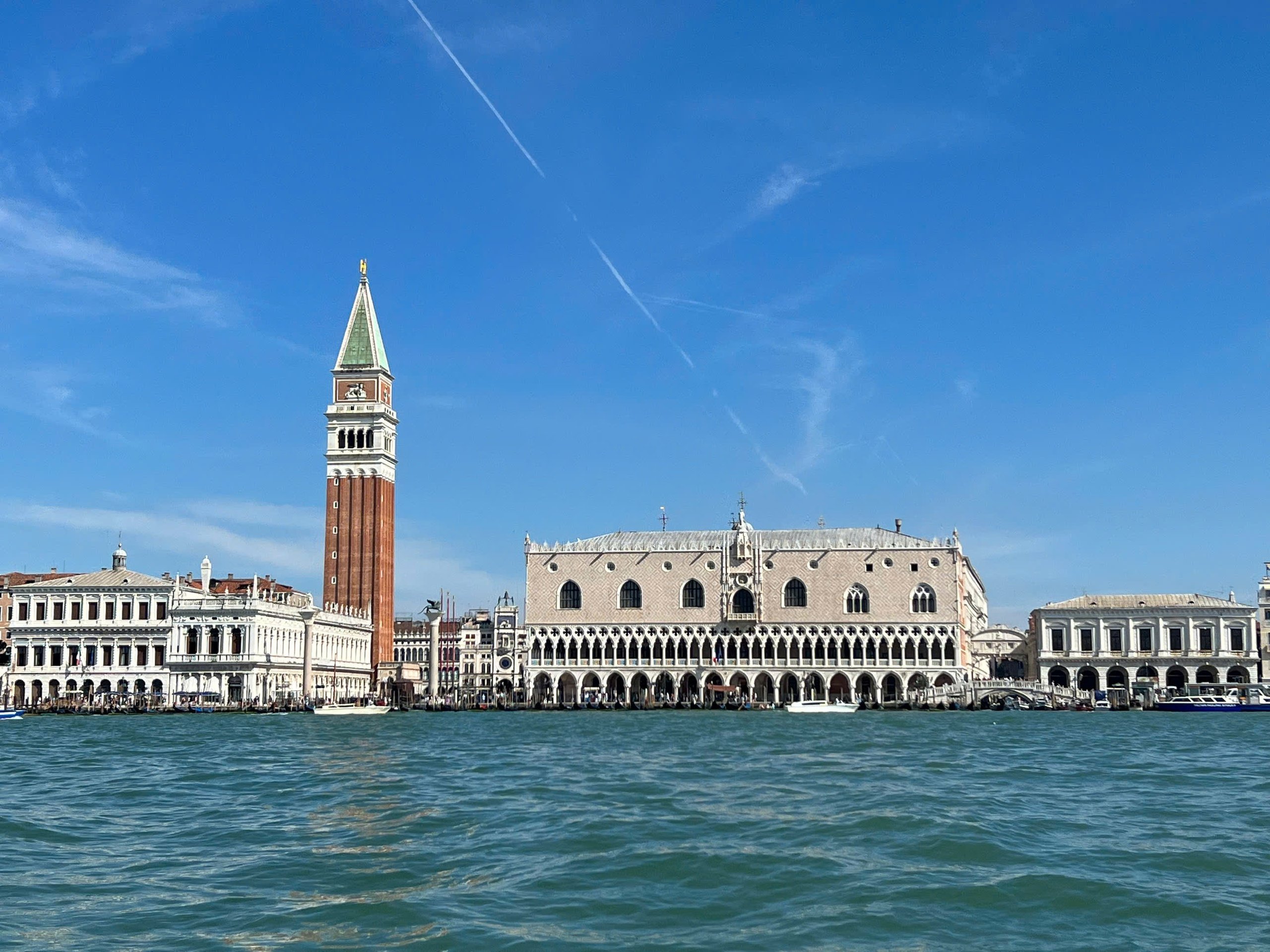
Venice is the only city in Europe and the world without cars.
PHOTO: MAI HA
Only over 400 km 2 wide, but there are up to 200 canals crisscrossing Venice into different areas. The uniqueness makes Venice to this day the only city in Europe and the world where travel is only by boat, without other means of transport such as cars, trams in the city...
Instead of the large paved roads of other cities, the city's main transportation system is made up of canals that weave between buildings. Venetians travel by gondola, vaporetto (passenger boat) or walk along the narrow cobblestone streets.
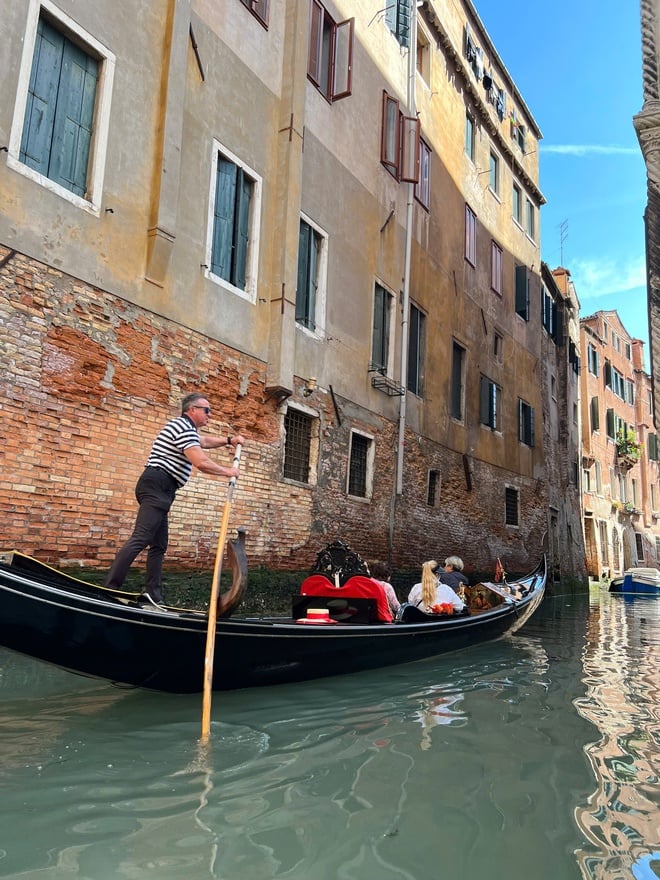
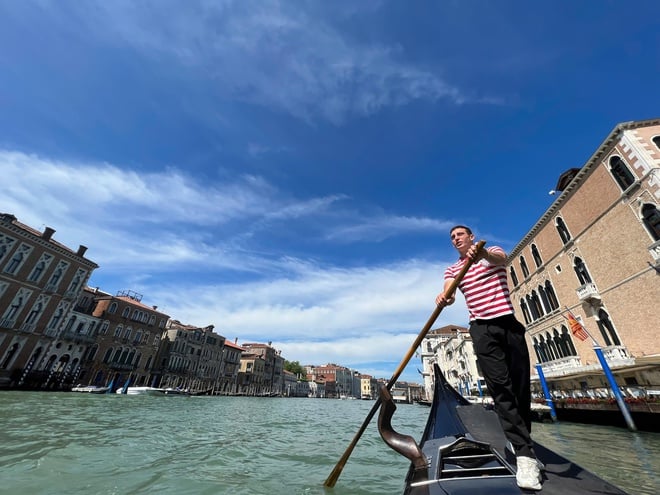
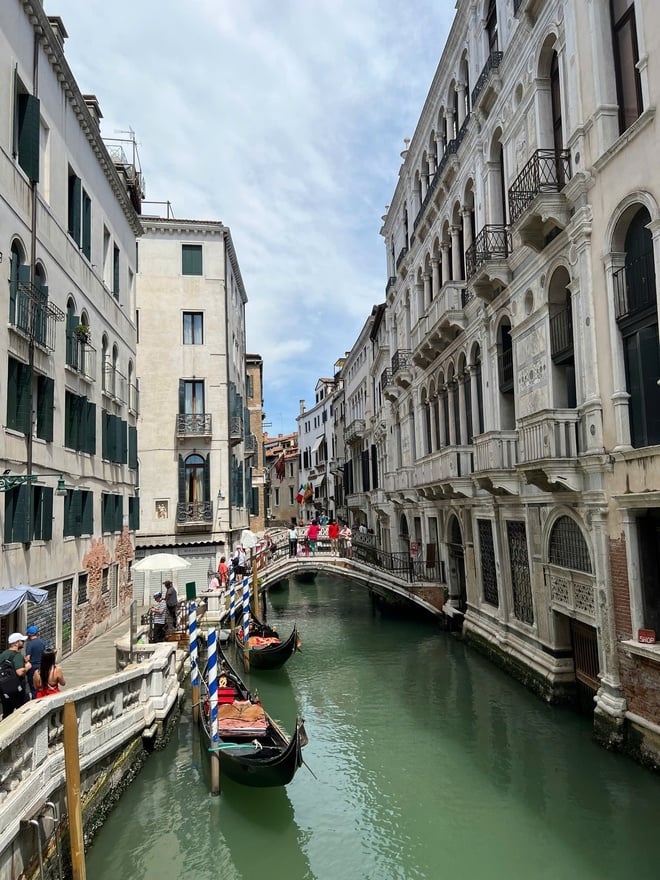
The city is built on a network of canals and about 400 large and small bridges - giving Venice a beauty that is almost unique in the world.
PHOTO: MAI HA
400 large and small stone bridges span the canals, creating a special beauty for Venice that is found nowhere else. Venice's main means of transportation are boats that travel busily on the canals that crisscross the city.
In particular, the gondola is a traditional boat typical of Venice, playing an extremely important role in transportation. Today, the gondola has become a symbol of Venice tourism with rowers wearing red striped sailor shirts.
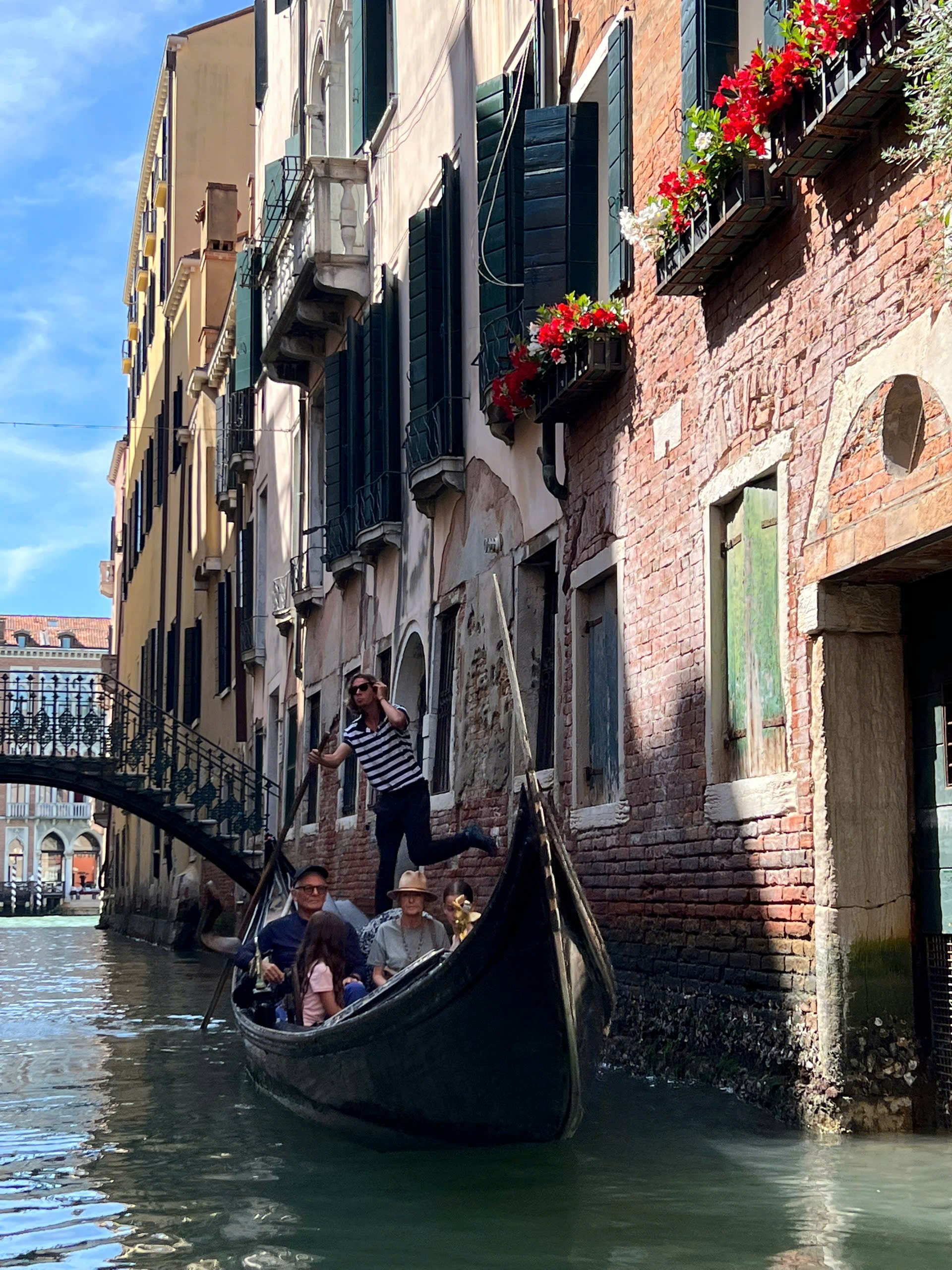
The image shows the typical beauty of Venice with ancient houses submerged in sea water.
PHOTO: MAI HA
Coming to Venice without riding a gondola is like not having been to Venice. The narrow, long, elaborately decorated boats are rowed through small canals, between ancient houses with moss-covered walls after hundreds of years.
With just under 300,000 people living in the city, Venice relies entirely on boats for its daily commute. Yet, it is also one of the most visited cities in Italy.
The city boasts numerous magnificent architectural works, renowned art museums and vibrant traditional festivals. Visitors to Venice can visit San Marco Square, La Fenice Opera House, St. Mark's Basilica, Rialto Bridge...
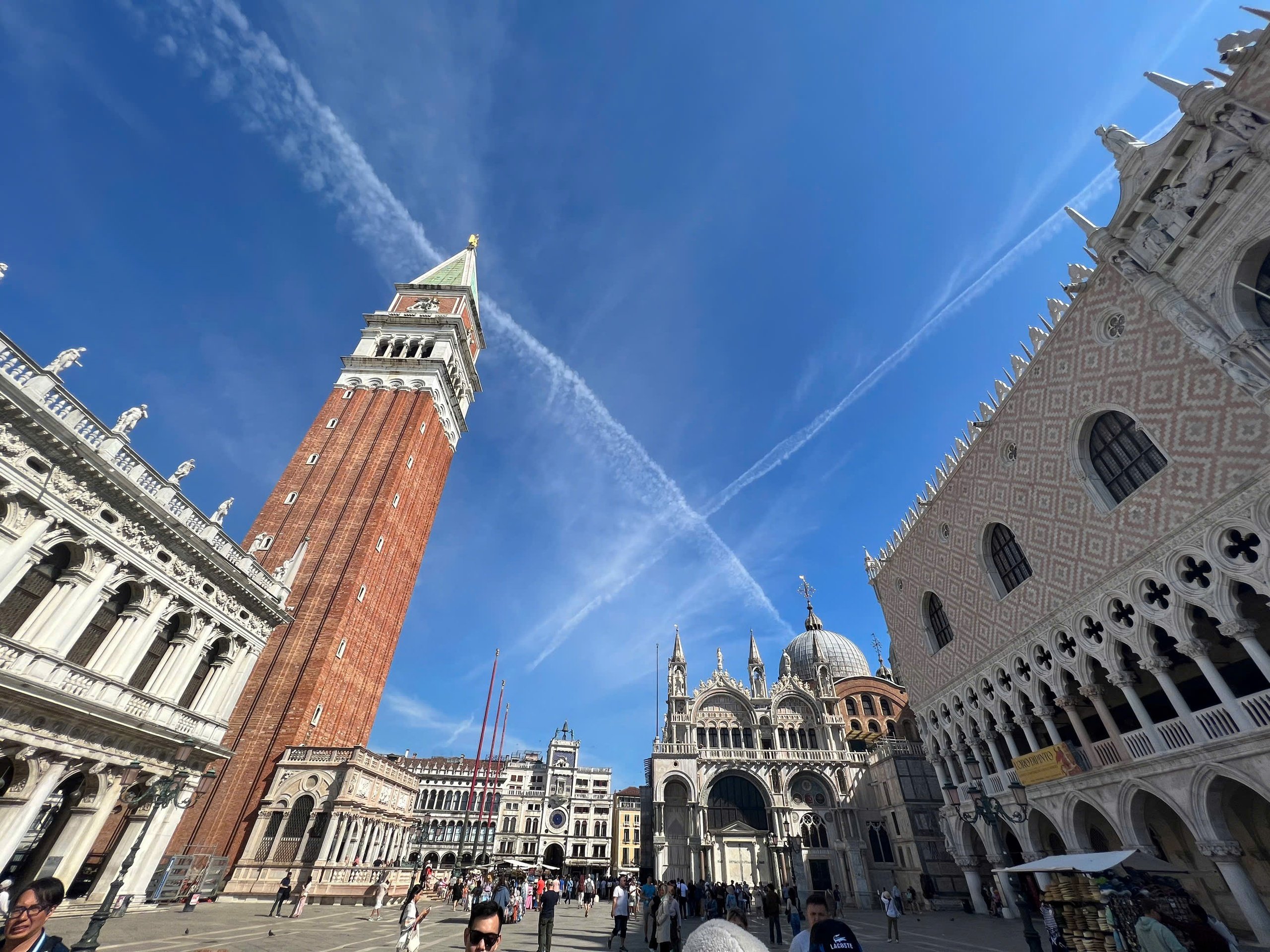
The city center has Piazza Saint Marco square and Piazetta small square, surrounded by many castles, palaces, magnificent churches such as Saint Marco Cathedral, built in the 11th century...
PHOTO: MAI HA
Does Venice "smell" like the rumors say?
Regretting that the city will sink under the sea in the next 200 years due to climate change, every year millions of tourists come to Venice.
However, in recent years, visitors have often complained about the city's "stink". The canals serve as both transportation and the city's sewage treatment system, leaving visitors here on a hot summer day to feel disappointed.
In late May, when the weather in Europe has not yet officially entered summer, the canals are already black and many places still stink. As a city in the middle of the sea, Venice is heavily affected by the tides, with many historic floods reaching 1.5 meters in depth.
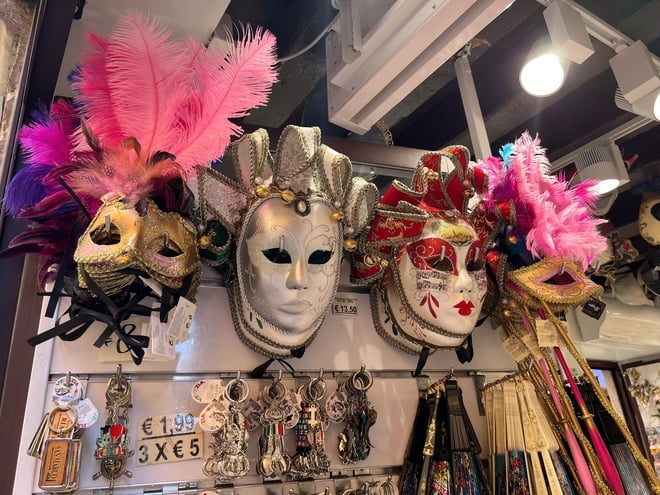
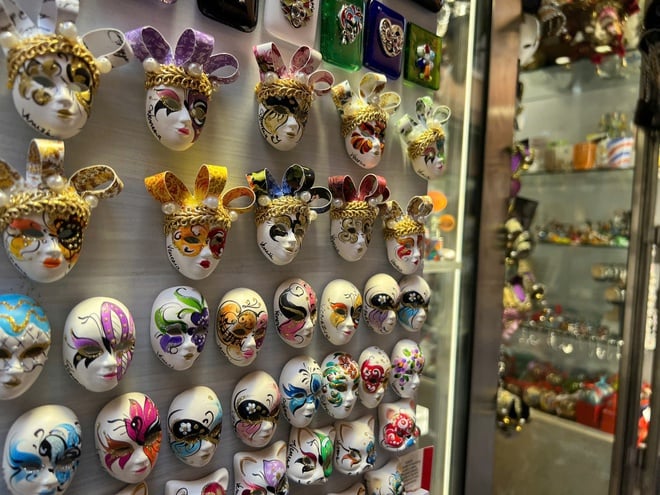
One of the most special things about Venice is the carnival (Venetian Carnavale) or Carnaval of Venice, which takes place in February or March every year and lasts about 2 weeks.
PHOTO: MAI HA
A small tip for tourists when coming to Venice is that in addition to spending time enjoying the canals by gondola (about 120 euros for 5 people), take the time to wander around and explore the old but perfectly beautiful buildings here.
The city is very small so don't worry about getting lost in the tangled alleys here, because every corner and every house has interesting beauty.
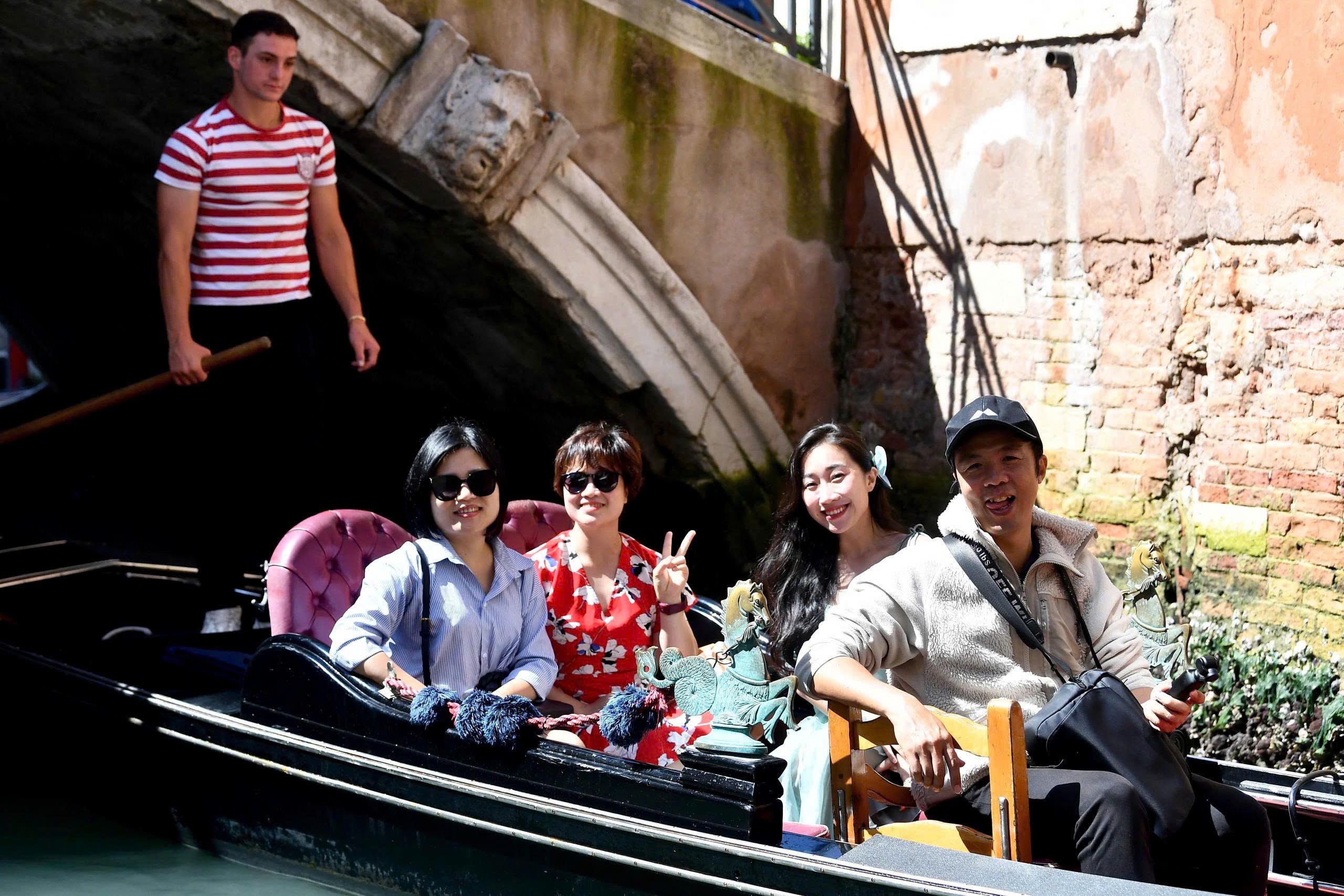
Vietnamese tourists enjoy the city on gondolas
PHOTO: HOANG HA
There are many ways to get to Venice, flying directly there or taking a train and then taking a boat to the island. Previously, to get to Italy, Vietnamese tourists had to transit through Germany or France, but from July 1, it will be much more convenient with Vietnam Airlines' direct flight from Hanoi to Milan.
From Milan, you can explore a tour of Italy from Rome, Florence, Venice, Tuscany...
Source: https://thanhnien.vn/doc-dao-thanh-pho-duy-nhat-tren-the-gioi-khong-co-o-to-185250607155122292.htm








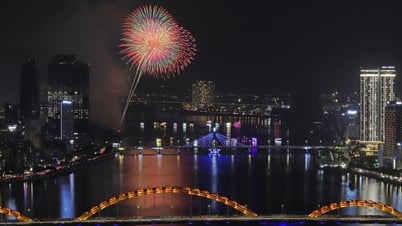

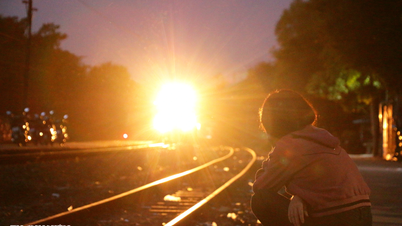
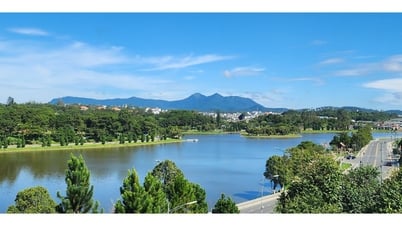
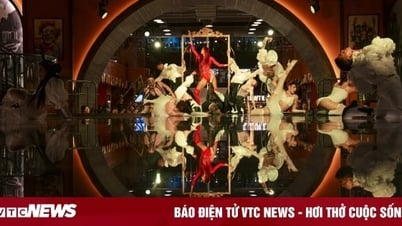

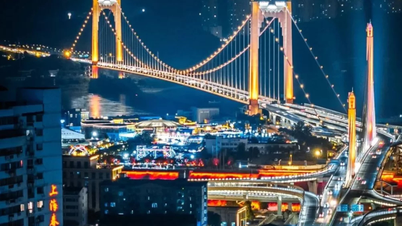







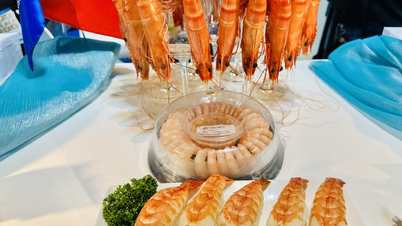


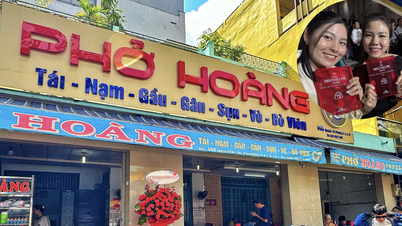


































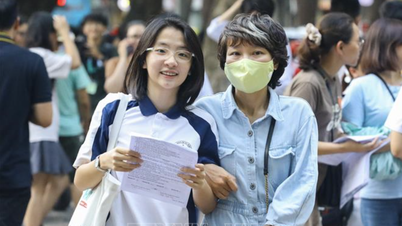








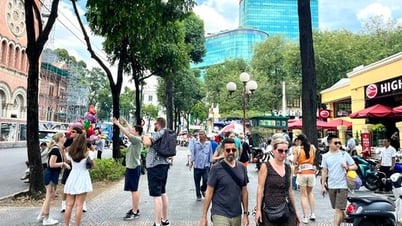




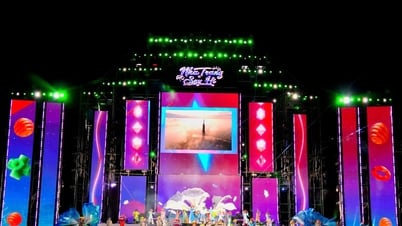



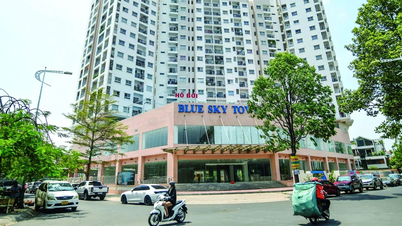

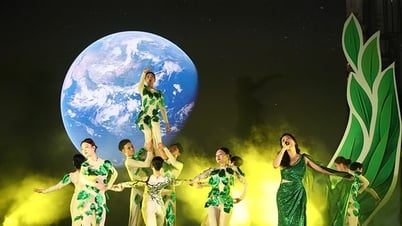








![[OCOP REVIEW] Tu Duyen Syrup - The essence of herbs from the mountains and forests of Nhu Thanh](https://vphoto.vietnam.vn/thumb/402x226/vietnam/resource/IMAGE/2025/6/5/58ca32fce4ec44039e444fbfae7e75ec)



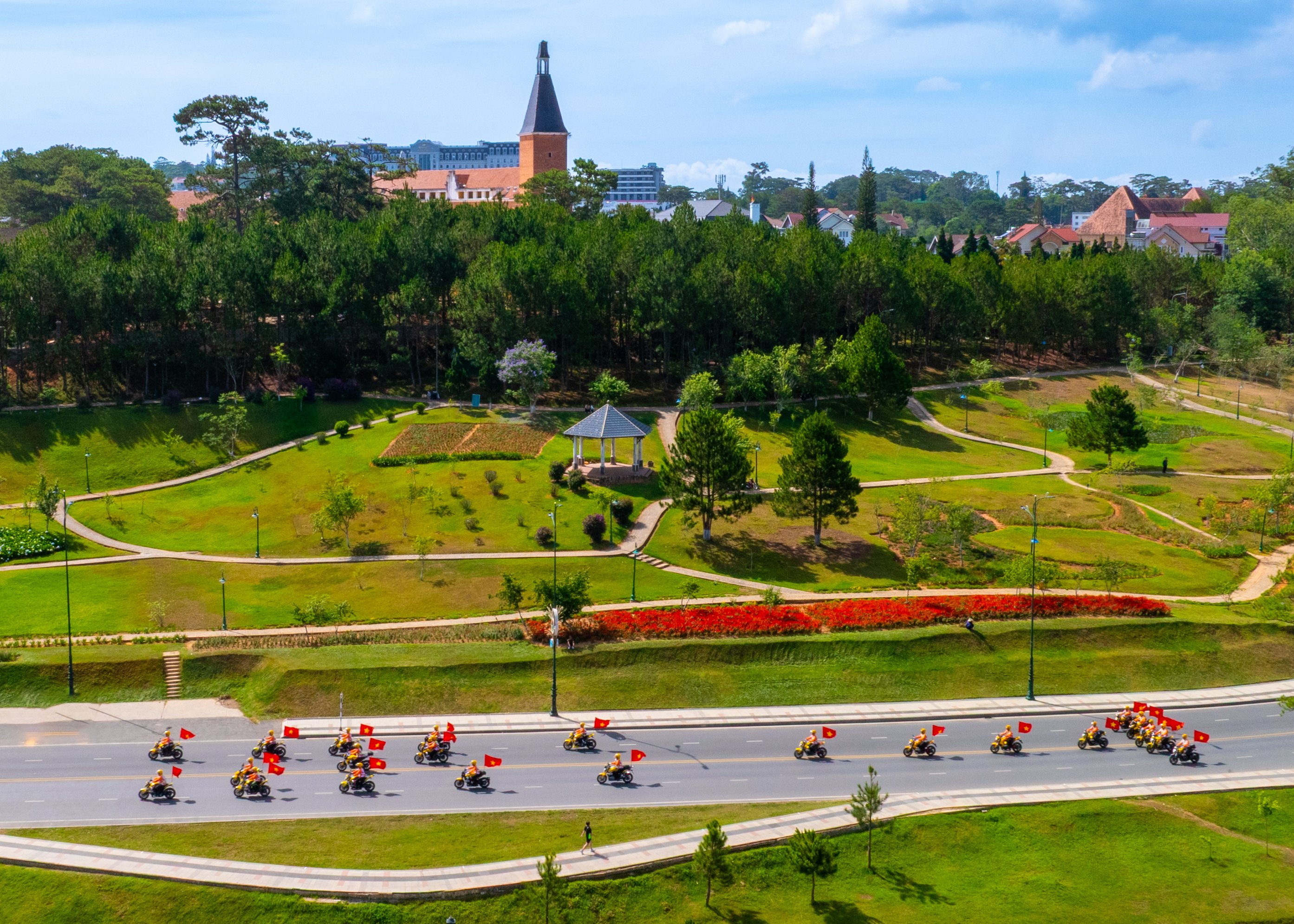



Comment (0)